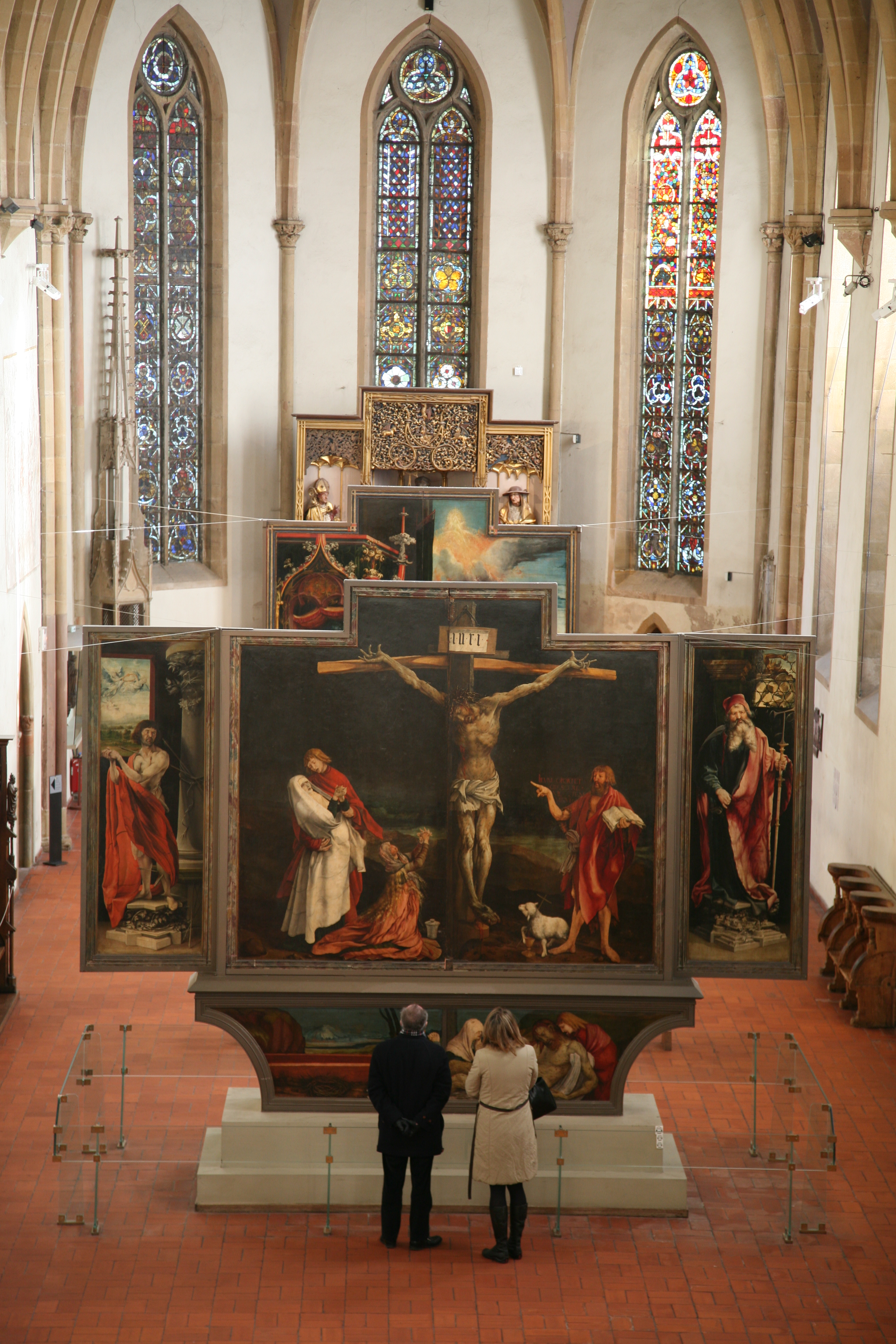Creative Sprint: Skull Edition - Day 26
-
Story Time!
I've been diligently making skulls all month for the Creative Sprint and
posting them in my Instagram stories and on LinkedIn, but posting them...
Wednesday, June 15, 2016
Olaus Rudbeck
Would-be discoverer of Atlantis, creator of the Gustavinium, and all-around Swedish badass. Read more about him on Wikipedia.
A Poem on Anatomy from 1646
A Quote from Barlaeus, "On the Anatomical Table":
You learn to understand through what specific flaw each single part succumbs, under which rule it may rise again, as well as the astonishing accidents of the human forum. To this one greed was detrimental or mad lust, This one was destroyed by furor, that one by the pernicious admixture of the water he had drunk. Just as we die in a thousand different ways, we are wounded not just by one cause alone. Now, it will be the sea, then the land, finally the pernicious air that does the damage. The elements, which are favorable in the whole, are detrimental to the cure. And life's thread is cut by an enemy forever different."
You learn to understand through what specific flaw each single part succumbs, under which rule it may rise again, as well as the astonishing accidents of the human forum. To this one greed was detrimental or mad lust, This one was destroyed by furor, that one by the pernicious admixture of the water he had drunk. Just as we die in a thousand different ways, we are wounded not just by one cause alone. Now, it will be the sea, then the land, finally the pernicious air that does the damage. The elements, which are favorable in the whole, are detrimental to the cure. And life's thread is cut by an enemy forever different."
Sunday, June 12, 2016
Saints, Demons, Death, and the Devil for Metal Dudes, Part I
This post is dedicated to a friend who has been scrupulously studying the works of Albrecht Dürer to make a film for his compositions. I am lucky enough to be a sounding board for the script and process, which has been wildly inspiring.
First are some images by Dürer.
First are some images by Dürer.
Knight, Death, and the Devil, 1513
Melancholia I, 1514
St. Jerome in his Study, 1514
These will be the main parts of the film, featuring the characters in various ways, often indirect, as well as common themes such as the hourglass.
One of his earlier prints is also of note, since he had nearly perfected his ideas of proportion and plays with the idea of the humors. And who doesn't love that goat in the top right corner?
Adam and Eve, 1504
I should also note that there are some great bits about Dürer in THIS BOOK
Recently, this also led me to look further into the creative stylings in depictions of St. Anthony. He was tempted by demons, and since demons don't have a single face or type, it was an invitation for artists to be as inventive as possible. My favorite:
Martin Schöngauer, Temptation of St. Anthony, 1470s
The style here is amazing, and the creativity even more so.
And St. Anthony was also the namesake of an illness ("St. Anthony's Fire") now known as ergotism. Because of this, he was featured in a brilliant altarpiece by Matthias Grünewald:
Isenheim Altarpiece, 1512-1516
It depicts a Jesus covered in lacerations, skin affected similarly to those with the disease.
In the left-hand corner on the internal wing, St. Anthony is again tortured by demons.
HERE you can see the how the altarpiece opens.
In another altarpiece in Aachen, I found this little guy being very proud of doing his job next to St. Anthony.
And HERE is a funny rant on depictions of St. Anthony.
More to come later!
Tuesday, June 7, 2016
Portuguese Man of War, Transparent, in Full Color
See the artwork of Aaron Ansarov showing the beauty of a deadly and complex sea creature.
And his website shows how he does it
Thursday, June 2, 2016
Saving Faces
A video showing an American artist making facial prosthetics for soldiers. More information at the Public Domain Review and the National Library of Medicine
Wednesday, June 1, 2016
Theaters of drama taking from theaters of anatomy
"The ordinary citizen, in order to be admitted to the anatomy, had to purchase an entrance ticket. This was another international custom. It appears quite likely that the sale of tickets to those wishing to attend public anatomies preceded the same of ordinary theater tickets by sever years and may even have encouraged theatrical confraternities to follow suit. This, incidentally, is only one of a number of aspects suggesting, it seems to me, that studies of the history of the stage should include the anatomical theaters."
-p. 32, William Heckscher's Rembrandt's Anatomy of Dr. Nicholas Tulp, 1958
The full text of the book can also be found HERE
-p. 32, William Heckscher's Rembrandt's Anatomy of Dr. Nicholas Tulp, 1958
The full text of the book can also be found HERE
Subscribe to:
Comments (Atom)




.jpg)











